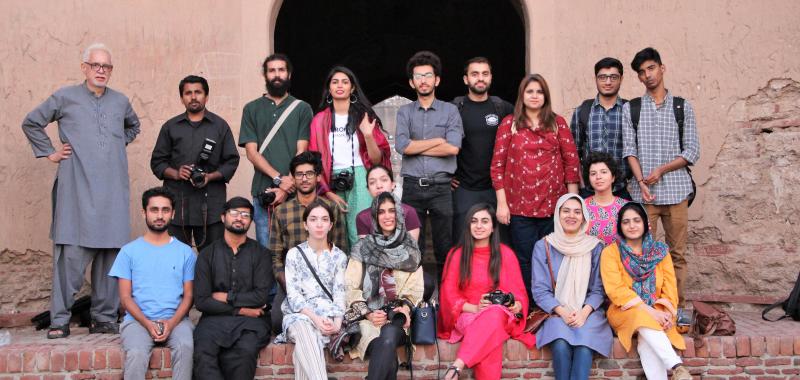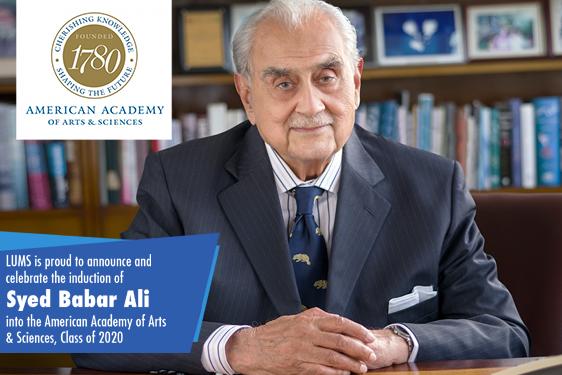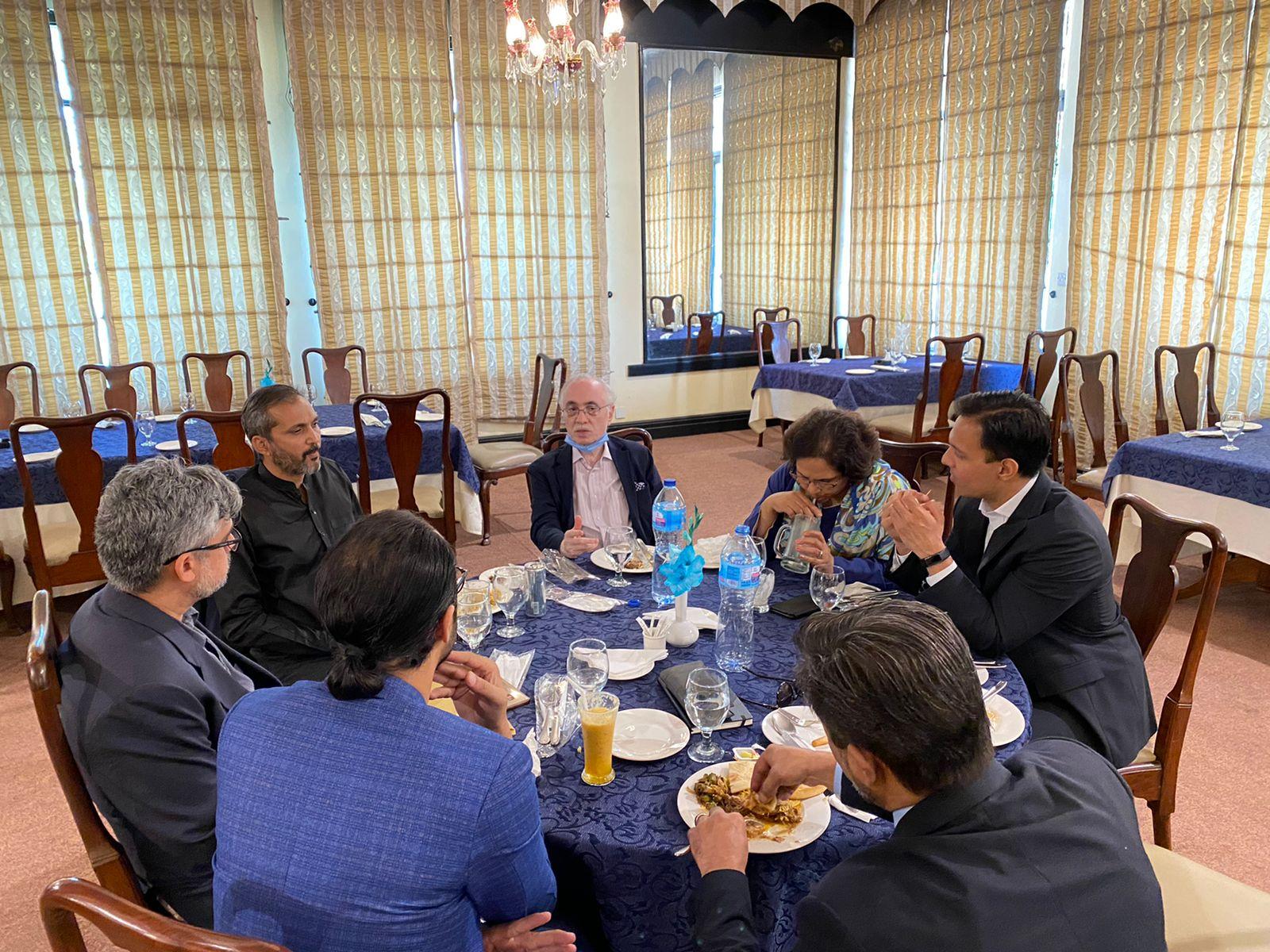
Right before the start of the exam season, Dr. Lukas Werth, Associate Professor Anthropology at the Mushtaq Ahmad Gurmani School of Humanities and Social Sciences (MGSHSS) offered a first-time photography workshop, ‘Spaces and Stories : Create and Process an Expressive Photographic Image’ to students from LUMS. It was a two-part, beginner-oriented workshop held on October 13-20, 2018.
The first part of the workshop involved a day trip to Shahdara Bagh, a northern suburb of Lahore where the Tomb of Jahangir is located. While the initial seating capacity for the trip was around 15, the transport arranged on campus ended up taking around double the number of students, all from differing academic backgrounds. After arriving at Shahdara Bagh, Dr. Werth formally began the workshop with a small introduction to a more technically nuanced side of photography. He followed this up with demonstrations of how to work with lighting and focus on the camera, before opening the workshop up to an exploration of the four-part, sprawling gardens of Shahdara. The students spent the next four hours walking around and interacting with not only the age-old building structures, but with the people who frequented Shahdara Bagh as well.
The first, and most time-consuming portion of that day was spent inside Jahangir’s tomb chamber itself, where the students got the chance to work in an environment where natural lighting was less-than-ideal. Dr. Werth was proactive and interacted with the students consistently, his energy both inexhaustible and contagious. He constantly reviewed the students’ photographs, explaining how to work with posture, texture, light, angles and offered interpretations for the stories that everyone was aiming to tell through their pictures.
Since the workshop was open to students who did not own or presently have a DSLR camera, they got the chance to pair up with other students, and interact with people outside of their immediate social sphere at LUMS.
One of the most intriguing aspects about the workshop, or rather, its location for the first day, was that it allowed students from LUMS to move out of a comfortable, known space and let them witness and interact with a different subculture that occupied the same city space as them. From an educational point of view, simply being able to walk around the garden’s expansive area made one aware of the extraordinary weight of time that hung over the place, of how structures are preserved, and their elements lost over a steady passage of centuries, and of the subsequent, strange quality of mystery that permeates that loss.
The second part of the workshop took place the following Saturday on-campus, and was spent teaching the basics of Photoshop to students in order to 'enhance their photographic vision.' While it was shorter, the basic idea of the workshop had already settled into the participating students by then, that beyond the superficial function of photography to capture and preserve, there lies a greater dimension of storytelling.
Write up: Maira Assad
Photograph: Faizan Ahmad and Nausherwan Nadeem








